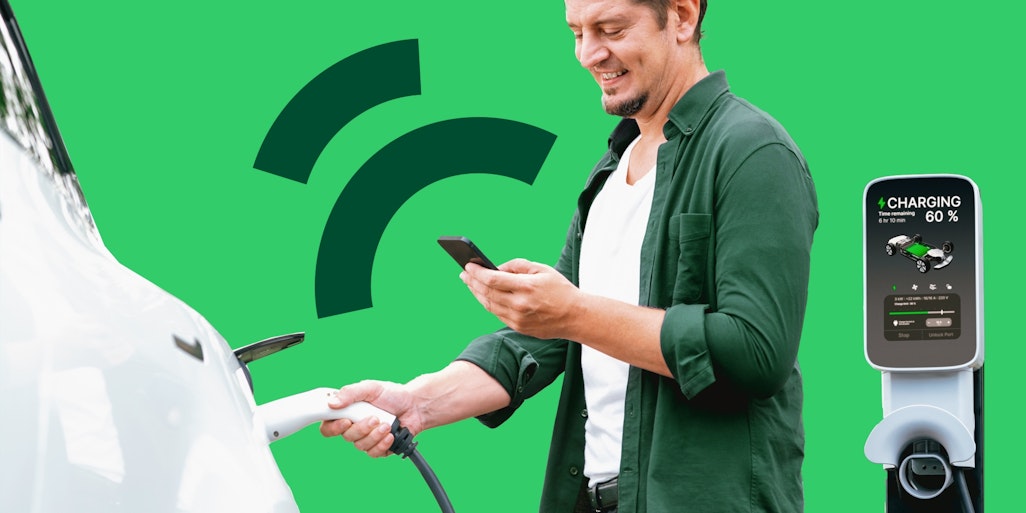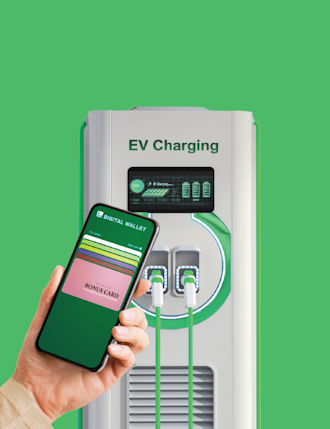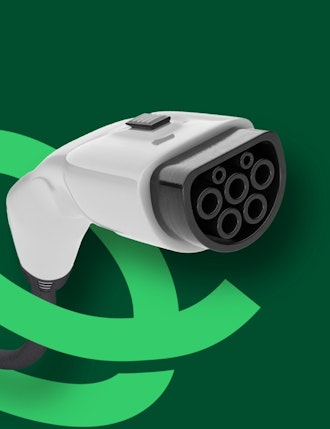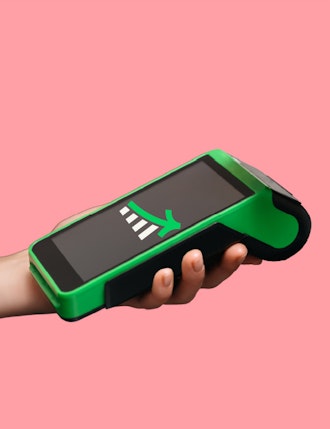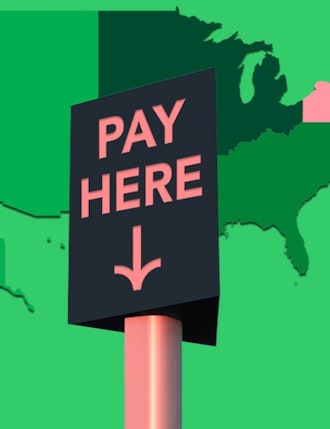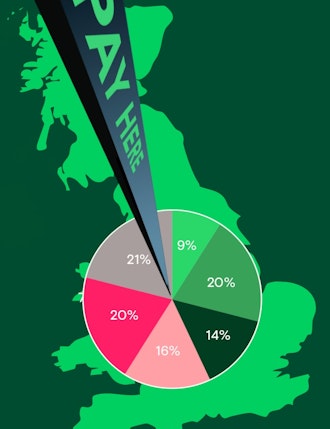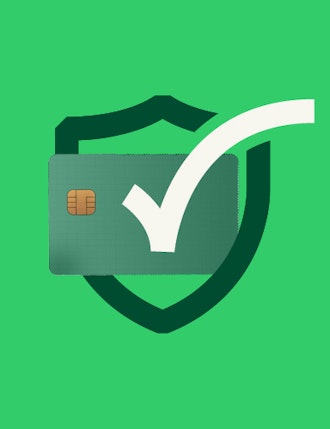When it comes to card present payments, the landscape continues to change quickly. In today’s world, we’re seeing self-service payments being used to pay for fast food, fuel, payment terminals being installed at Electric vehicle (EV)charging stations, in supermarkets and fashion stores, biometric payments and payments at the point of interaction (POI).
EV charging is simple, right? You park up at a charging point, plug your car in to charge, pay and leave. Unfortunately, for many EV drivers that isn’t necessarily the case. The EV charging infrastructure across the UK, Europe and the wider world is disconnected. There are multiple apps, a lack of payment options and no consistency from charge point to charge point. So, what does the future hold? In-car payment systems may well come to the rescue.
The size of the EV charging market
Around 70% of all EV charging occurs either at residences or workplaces. This leaves the remaining 30%, split between 15% at destination points (malls, retailers, hotels, restaurants) and 15% at locations during a journey, the prime territory for traditional fuel providers.
This 15% for on-the-go charging isn’t much to play with, yet we still see a range of issues for EV drivers.
Apps and app fatigue
Apps provided by Electric Mobility Service Providers (EMSPs) are often the predominant payment method for EV charging terminals. But pricing can vary dramatically between providers, leading many consumers to check their various apps for the best prices.
This has led many EV drivers to experience app fatigue, whereby they need to use different apps for different charging points. Many are becoming weary and suffering “death by a thousand apps”.
Payment terminals to the rescue (in the short term)
In the short term, payment terminals offer a workable solution to deal with this fragmentation of the EV payment landscape. Governments are pushing for them, and consumers in many locations across the world cite debit and credit cards as their preferred method of payment – as high as 56% in the USA.
In some cases, introducing payment terminals at EV charging stations has increased traffic at these terminals by as much as 10%.
That’s the here and now, but what about the future?
In-car payments: the next logical step
For many people, in-car payment systems are the next logical step to increase the ease and use of EV charging payments. Picture the scene. You drive up to a charging point, plug your car in, pay directly using unattended payment technology from your car and simply drive away. It’s seamless and simple. It offers a great customer experience for users and is a cost-effective option for EMSPs.
But it isn’t just a simple fix and go solution for the industry. In-car payments rely on:
- The Internet of Things (IoT) to seamlessly connect the vehicle and payment networks to facilitate real time transactions.
- Near Field Communication (NFC) for quick and seamless contactless payments.
- Biometric authentication such as fingerprint or facial scans to verify the user’s identity.
- Cloud token frameworks to securely store and transmit payment credentials.
In-car payment systems are expected some time in the near future, with the car manufacturers themselves working on the technology from the perspective of the vehicles. This then puts pressure on the existing EV infrastructure to be consistent across charging points and territories, connected and flexible.
We’re certainly not there yet on these three factors. First, in-person payment terminals need to be brought into the mix, creating consistency and flexibility across the EV charging infrastructure.. This can then lay the foundations and pave the way for the adoption of in-car payments.
With an increasing number of EVs on the road every year, the payments industry needs to evolve in line with customer demand and the advances of technology within the cars themselves. To discover more about the opportunities in the EV industry, download our whitepaper – Seizing the EV Opportunity.
Interested in reading more around this subject? Here are some useful articles…
